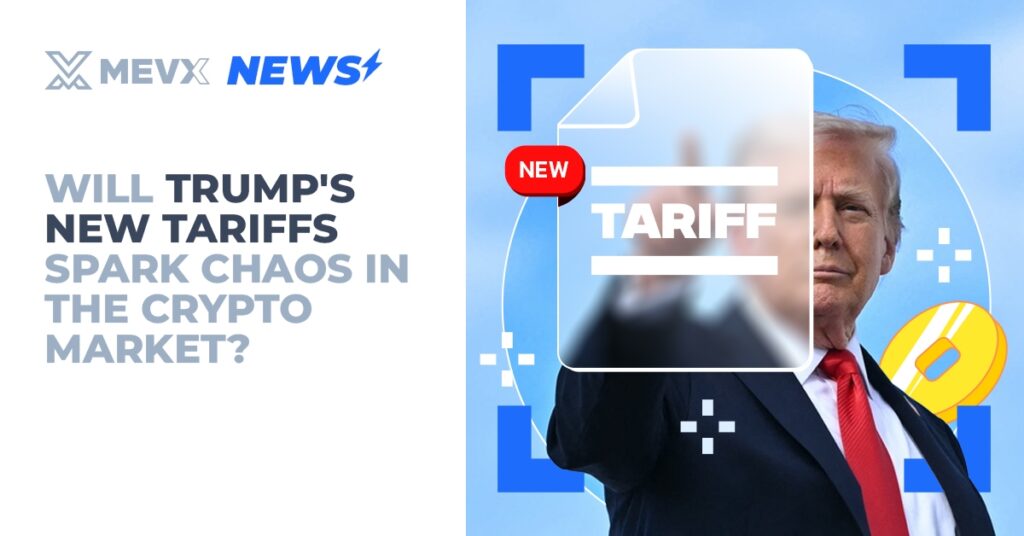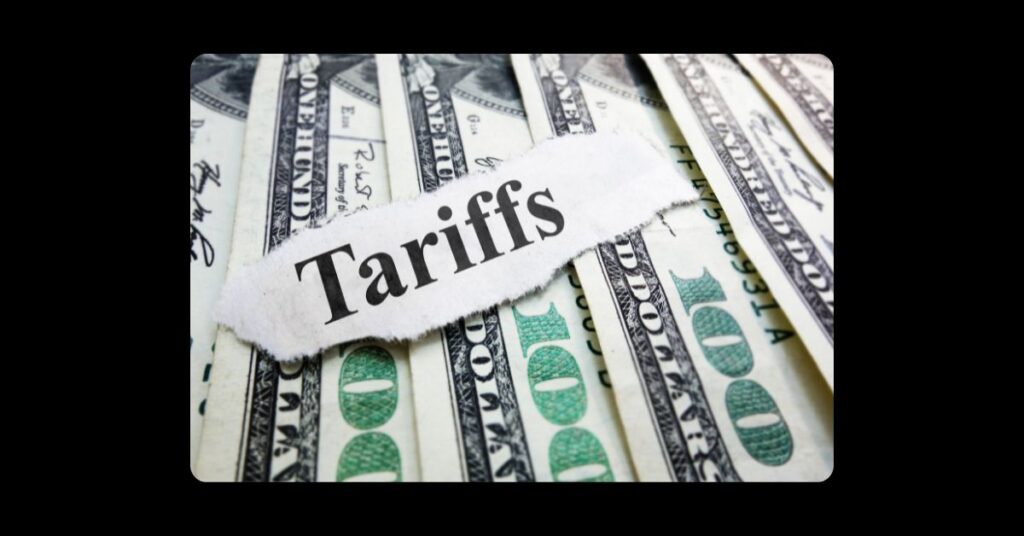President Donald Trump announced new tariffs on September 26, 2025, set to take effect starting October 1, 2025. This policy targets key imported goods, aiming to bolster U.S. manufacturing and national security under the Trade Expansion Act of 1962.

The new tariffs include a staggering 100% on branded or patented pharmaceuticals (with exemptions for companies building factories in the U.S.), 25% on heavy-duty trucks, 50% on kitchen cabinets and bathroom vanities, and 30% on upholstered furniture. Trump justified these measures as a response to “dumping” from foreign competitors, emphasizing job creation and reducing reliance on imports from allies like Mexico, Canada, Japan, and Germany.
While the new tariffs focus on traditional sectors, their broader economic implications could significantly influence the volatile crypto market. Investors are already on edge, with Bitcoin plunging 5.4% shortly after the announcement, reflecting heightened macroeconomic uncertainty. Crypto assets, often seen as high-risk investments, tend to mirror stock market trends during turbulent times.
Key Ways Trump’s New Tariffs Could Impact Crypto
- Heightened Inflation and Reduced Risk Appetite
- Increased import costs could drive U.S. inflation higher, with experts like Ken Griffin warning it might linger near 3%.
- This might prompt investors to shift away from speculative assets like cryptocurrencies, leading to short-term sell-offs.
- Bitcoin and crypto stocks have already dipped amid similar tariff fears earlier in 2025.

- USD Weakness and De-Dollarization Trends
- Tariffs might erode the dollar’s dominance, encouraging non-dollar settlements globally.
- Ironically, this could boost crypto’s role as an alternative, with stablecoins gaining traction for cross-border transactions.
- Market Volatility Tied to Broader Equities
- Cryptocurrency often correlates with indices like the S&P 500, which fell by over 10% on news of tariffs.
- If trade tensions escalate, expect amplified swings in Bitcoin and altcoins, as seen in a recent “waterfall” drop pushing BTC below $10.9K.
Despite these risks, some analysts view Trump’s pro-crypto stance, such as proposals for a national Bitcoin reserve, as a potential counterbalance. In the long term, the new tariffs may accelerate innovation in blockchain for supply chain resilience. However, the immediate outlook remains uncertain, with the crypto market bracing for more turbulence as October approaches.
Stay informed on how Trump’s new tariffs evolve and their crypto market impact; follow our MevX blog for timely updates and expert analysis.
Share on Social Media:
